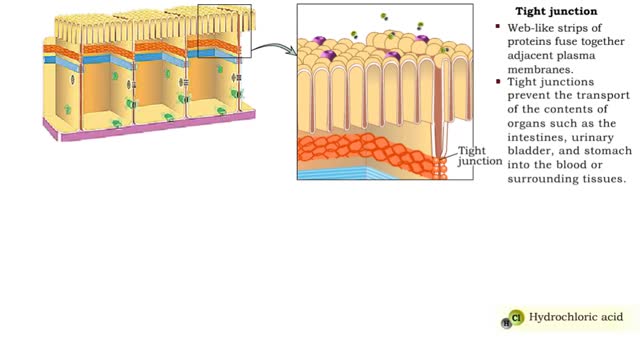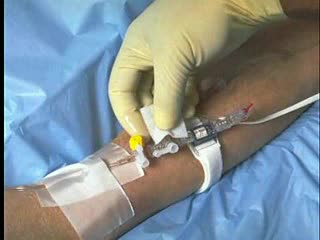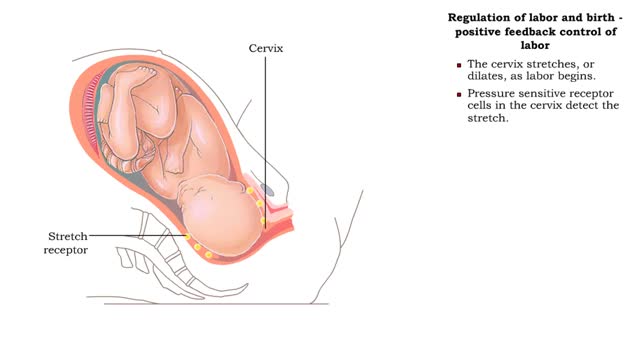Type of Cell Junctions - Desmosome, Hemidesmosomes and Gap Junctions
Cell Junctions: Cell junctions are found in some multi-cellular organisms. They exist of complexes and are found between cells and between cells and other structures. The junctions provide a way for cells to connect and exchange signals. What are tight junctions, desmosomes, and gap junctions? There are multiple types of cell junctions. - Tight junctions are, as the name suggests, tight connecting structures between cells, preventing leakage of solubles. - Gap junctions, on the other hand, are structures that connect cells and allow for the flow of molecules and ions to pass from one cell to another. - Desmosomes are strong connecting structures between cells. They provide for a strong connection between cells and are found in tissues that face strong mechanical stress. Desmosome • Transmembrane proteins attached to intracellular plaques form connecting bridges between adjacent cells. • Intermediate filaments extend across the cytosol of cells, contributing to the 7 tissue's stability. • Desmosome junctions are most numerous in the epidermis of the skin and between muscle cells. Hemidesmosomes • Share characteristics of desmosomes, but look like half of one. • Attach cells to extracellular materials, such as basment membrane. • Functionally, adherens, desmosome, and hemidesmosome junctions all act to connect a cell to another cell or structure. Gap junction • Connexons are transmembrane protein channels that form gaps between adjacent cells. • Ions and small molecules pass through connexons from one cell to another. • Because ions can flow into the adjacent cell via connexons, impulses can travel from cell to cell without delay. • Gap junctions are abundant in cardiac and smooth muscle tissues as well as parts of the nervous system. A gap junction, also called macula communicans and communicating junction, is an intercellular junction found in animal tissues that allows for physiological components to pass from cell to cell. Gap junctions are cylinders made of membrane proteins that form a pore between two cells.
Add To
You must login to add videos to your playlists.
Advertisement












Comments
0 Comments total
Sign In to post comments.
No comments have been posted for this video yet.